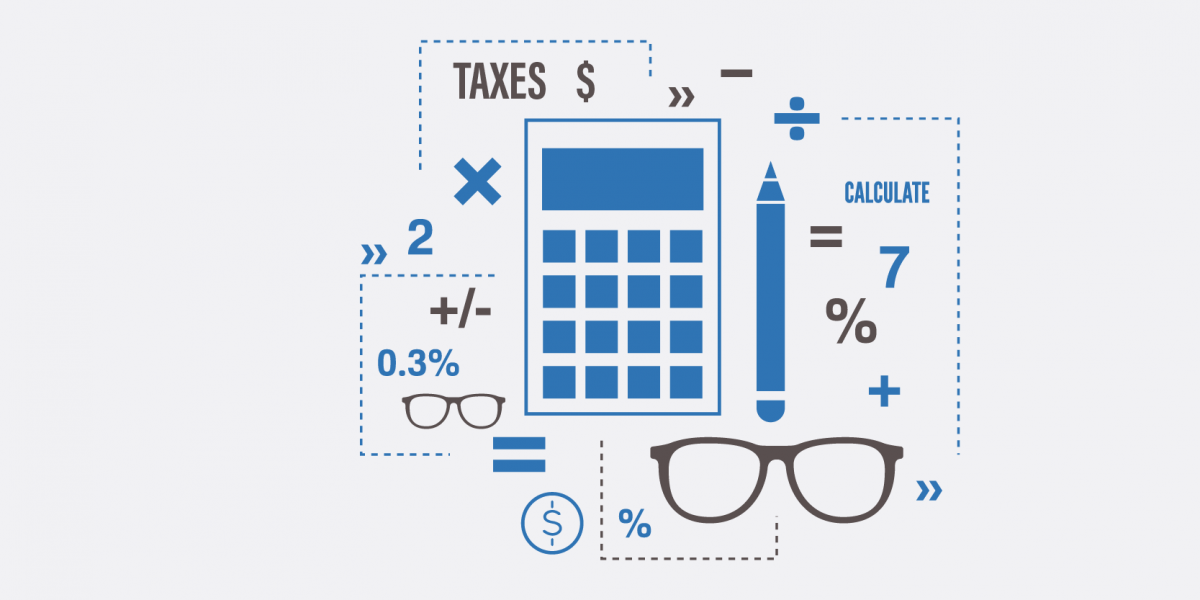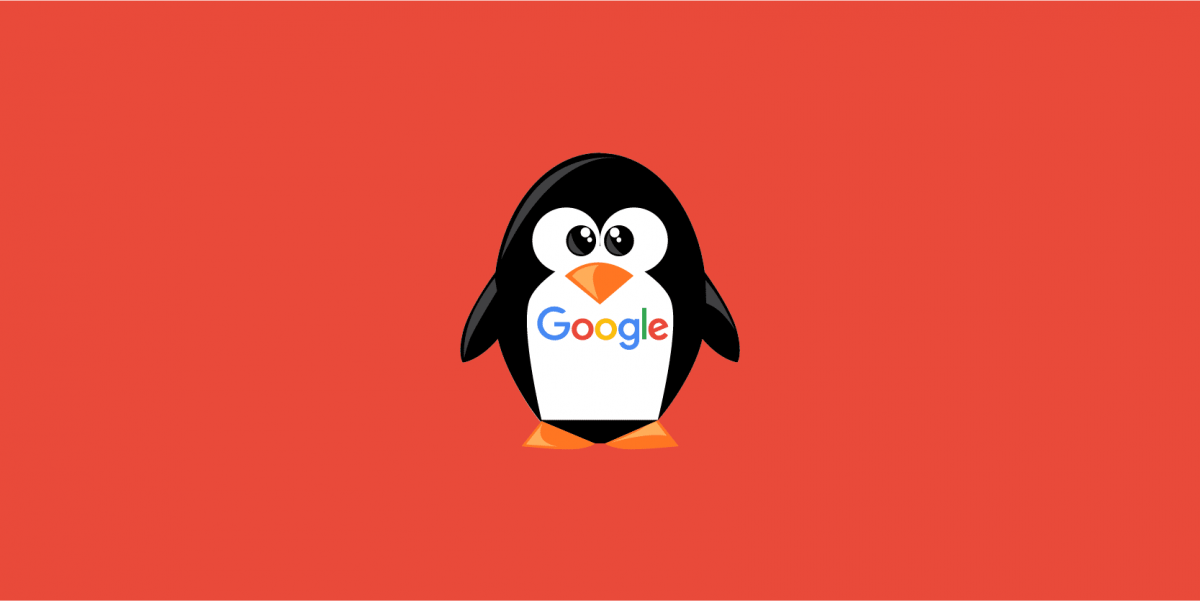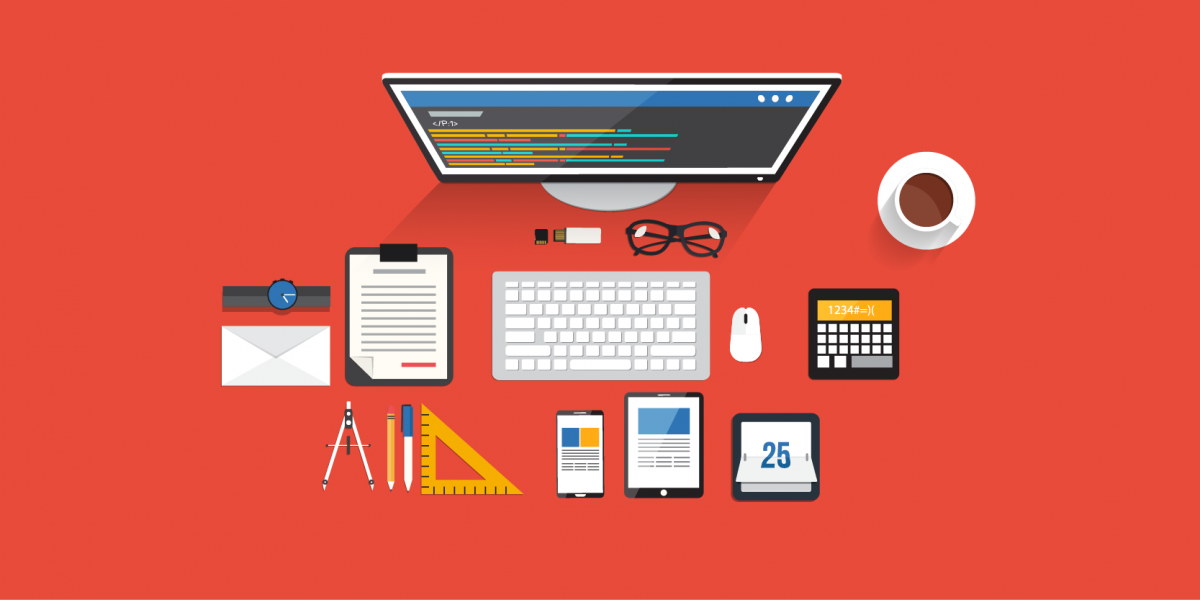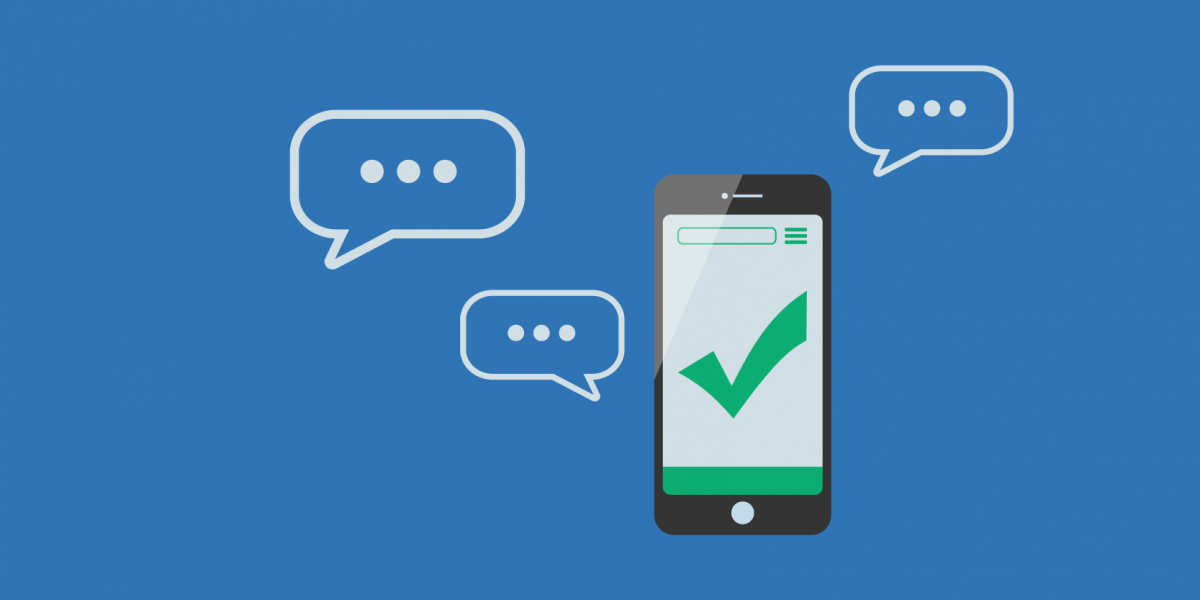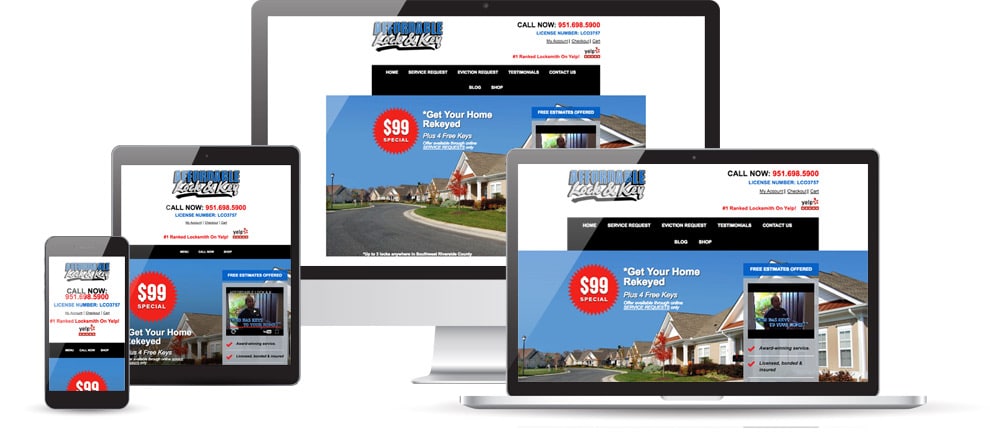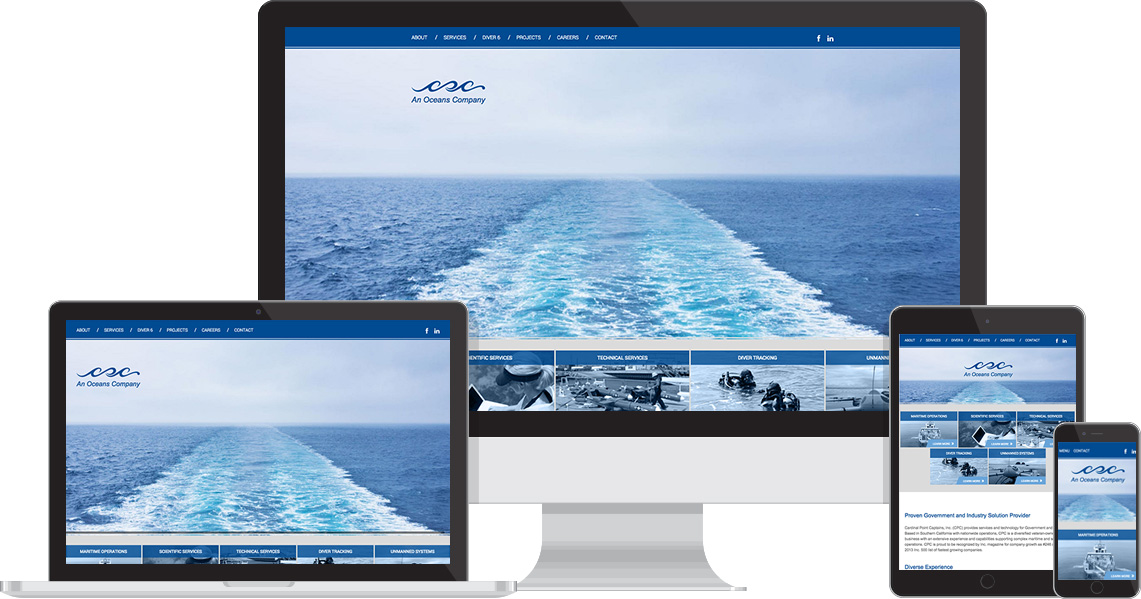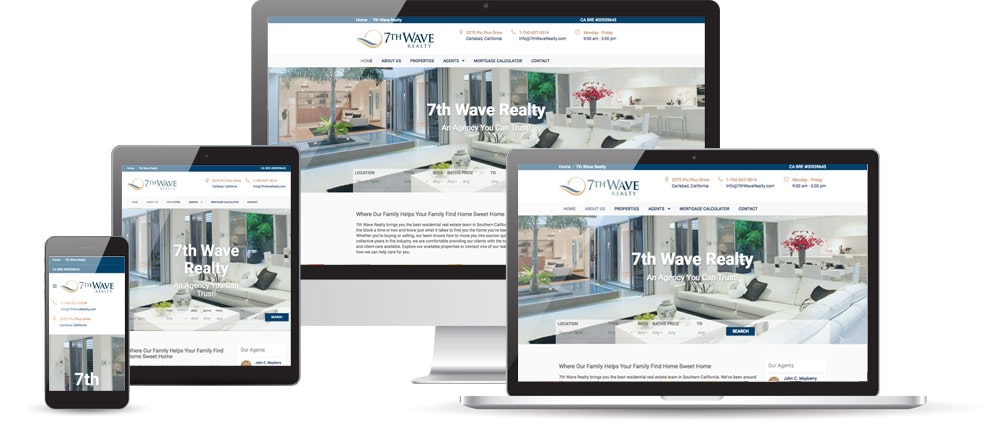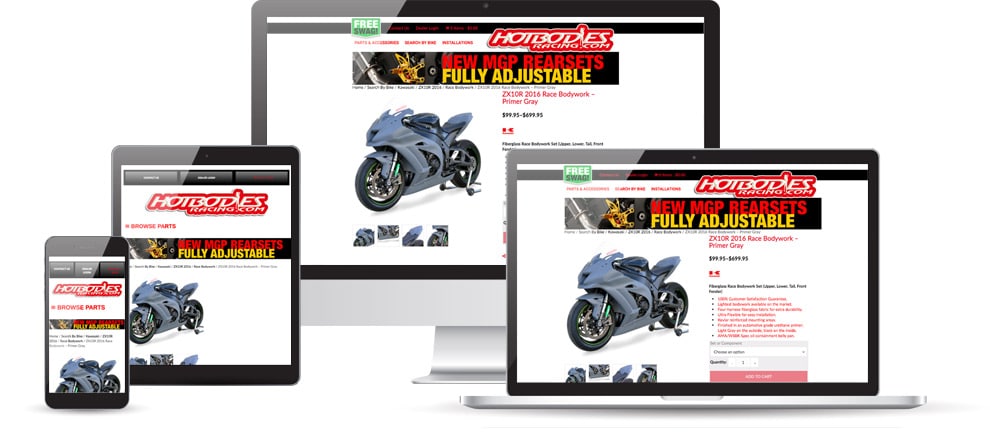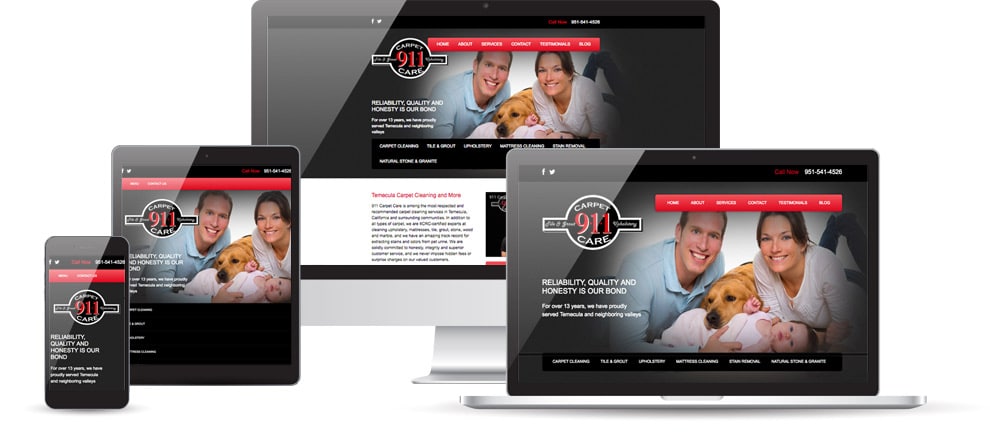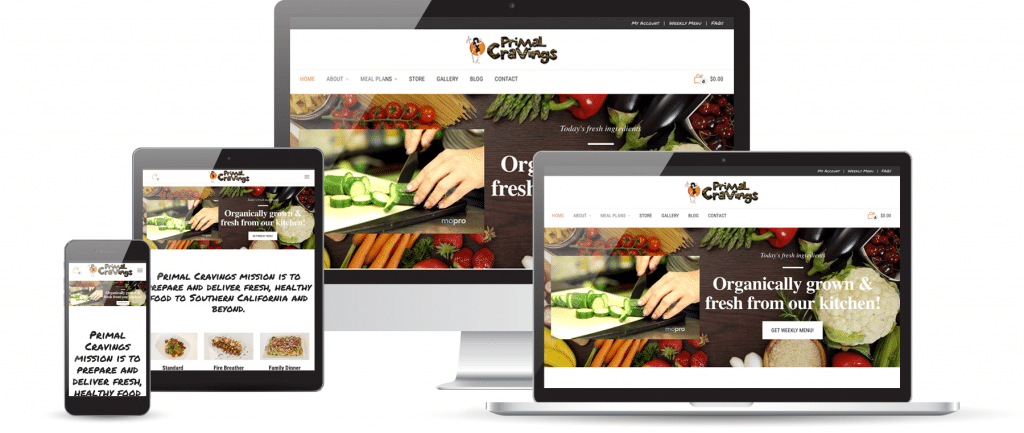SMALL BUSINESS TAX DEDUCTIONS: WEBSITE EDITION
ANDREW LOWEN
{{brizy_dc_post_date}}
SMALL BUSINESS TAX DEDUCTIONS: WEBSITE EDITION
But where there are taxes, there are TAX DEDUCTIONS!
Note: One of our awesome clients just so happens to be both a successful tax attorney based out of San Diego, CA and an extremely talented writer. Shawn Spaulding of Spaulding Legal had a great idea for a blog post that would help small business owners effectively deduct all expenses related to the development of their website. I hope you all find this article as useful as we do! – Andrew Lowen, CEO of Next Level Web
THE GOAL: TO UNDERSTAND TAX TREATMENTS OF A WEBSITE
In today’s world, the internet is as pervasive as the air we breathe. Think about it; we use the internet to shop, research, share our lives, and grow our businesses. Accordingly, the internet has led to the evolution of commerce and how we do business. After all, if everyone is online (particularly customers) then doesn’t it make sense for your business to be there too?
But with most things, it will cost money, and if it costs money you should know if and how you can deduct it on your tax return.
This article will provide a breakdown of the various tax treatments applied to different elements of starting a web site. The elements discussed include web site planning, construction, content, purpose, and maintenance. The goal is to help you understand the basics of web site taxation so you can get the most out of the available web site tax deductions.
STAGE 1: PLANNING FOR YOUR WEBSITE
The first step of the planning process is to determine if your business needs a website. In today’s online culture, the answer is almost always yes (see above). The tax treatment of expenses incurred while planning a web site, including outside consulting costs, are generally subject to the same analysis whether you own a start-up or have an established business. However, the difference in tax savings can vary significantly depending on when the expenses are incurred.
Therefore, business owners should understand how the differences apply to ensure maximum tax savings. This section of the article will describe the general rules for deducting planning costs associated with implementing a web site for both start-up and established businesses. Then, it will provide a description of how tax savings could be limited for start-ups.
The general rule is that web site planning expenses are deductible in the year incurred (depending on your accounting method). The reason for the immediate deductibility has to do with the historical treatment of expenses connected to a business’s plan to expand or improve. Specifically, these expenses have been considered ordinary and necessary under Internal Revenue Code (“IRC”) § 162, which is the primary test for deductibility. Accordingly, if your business incurs expenses related to the initial planning stages of purchasing or developing a web site, it is important to track those expenses appropriately, which will lead to immediate tax savings.
Again, the general rule above applies regardless of whether you own a start-up or established business. However, the analysis for start-ups requires an additional step. Namely, if your business incurs web site planning costs before it is considered an active trade or business you may be forced to amortize any costs exceeding $5,000 over a 15 year period instead of taking them all in the current year incurred. Based on the time-value of money, current deductibility is generally preferred. Therefore, amortizing the start-up costs over 15 years will likely end up costing you money. Under the right circumstances, a newly formed business can avoid this issue with proper tax planning. However, it ultimately depends on the specific facts and circumstances of each case.
STAGE 2: CONSTRUCTION & DEVELOPMENT
Once the planning phase is complete and the business has decided to move forward with creating a web site the next step is to begin construction. In many cases, the bulk of web site construction expenses come from hardware, software, and the development of software. The tax treatment of web site construction costs differ based on whether they were for software or hardware and if the expense is a lease or purchase.
Computer hardware. First, we will start with the tax treatment of computer hardware because it is fairly straightforward. Generally, the cost to purchase computer hardware (such as a server) is depreciated over a five year period. IRC § 168(e)(3)(B)(iv). In many cases, this cost will qualify for IRC § 179 expensing, which will allow the business to deduct the full cost in the year incurred. On the other hand, if computer hardware is leased (Internet Service Provider or hosting service) the “lease” payments are currently deductible under the same ordinary and necessary rule in the planning section above. IRC § 162(a)(3).
Computer software. The tax treatment of computer software is more complicated. There are three main ways to treat the cost of software during web site construction. The available treatments depend on factors such as who created it and who bears the risk of failure.
For ease of review, here are the general rules:
- If the business develops the software in house, it should be considered a research and experimental expenditure under IRC § 174, which Revenue Procedure 2000-50 allows for current year deductibility.
- The business may capitalize the costs and amortize them over a 60-month period beginning on the date the software is completed; or
- The software costs can be capitalized and amortized over a 36 month period from the date the software is placed in service. IRC § 167(f)(1).
The above methods of deducting web site (software) development expenses are all generally acceptable at the businesses election. The major difference arises when a business hires a third party contractor to develop the software. In that case, if the contractor bears the risk of failure different rules will apply because the software is considered to be purchased instead of developed. Treas. Reg. §1.174-2(b)(3). If the software is purchased, the business is generally required to amortize the cost over 36 months. IRC § 167(f).
STAGE 3: CONTENT
The primary components of a web site include the basic structure (template pages, navigation, apps, etc.) and content. Each web site is comprised of several types of content including text, pictures, videos, and graphics. Businesses either acquire the necessary content (using content writers, for example) or create it in-house. The content may also serve different purposes, such as advertising or to improve the overall appearance of the web site. Depending on how the content is obtained and how it is used will affect the tax treatment.
Characterization of Content Costs
The form of ownership or acquisition of content will usually dictate its tax treatment. In most cases, businesses purchase, create, or lease content for their web site. If a copyright is purchased, the cost should be capitalized and amortized over its useful life. Amortization will usually be done using the straight-line method or the income forecast method. IRC § 167(g) and Treas. Reg. § 1.167(a)-6. However, if the web site content is leased (with monthly or quarterly payments) it will typically be deductible in the year the payment is made or incurred. Lastly, if the business incurs costs to develop or create the content the analysis becomes a bit more involved. Specifically, internally-developed content of a creative or intellectual nature is considered personal property under the Uniform Capitalization Rules (UNICAP) found in IRC § 263A. However, costs properly classified under IRC § 174 (research and experimental expenditures) avoid the UNICAP rules and may be currently deductible. Once you have determined how to characterize the content costs you must then analyze the purpose of the content.
Purpose of the Content
For the most part, web site content is used for one of two purposes—advertising or to improve the site’s general appearance. The purpose of web site content will impact its tax treatment. As a general rule, when content is used for advertising purposes it is currently deductible. However, there is an exception, which was established in Cleveland Electric Illuminating Co. v. United States and later cited in Rev. Rul. 92-80.
“Only in the unusual circumstance where advertising is directed towards obtaining future benefits significantly beyond those traditionally associated with ordinary product advertising or with institutional or goodwill advertising, must the costs of that advertising be capitalized.”
Content used for purposes other than advertising will be subject to capitalization if it has a useful life of more than one year. It is somewhat unclear whether digital images are properly classified as tangible or intangible property. Nevertheless, it is safe to say it will not qualify as software (as defined above). If the content is considered intangible then it should qualify for amortization deductions under IRC § 197 (the amortization period is 15 years). However, if it is considered tangible property and has an indefinite useful life (land, certain domain names, etc.) then it may not be deductible at all.
Other Purposes of Content
There are several other purposes of content not discussed above. For example, you may create or acquire content for employee recruitment or investment features. The general tax treatment for content of this nature should be analogous to other forms and mediums. In other words, the purpose of the content controls the tax consequence, not the form it takes (brochure, book, web site, etc.). Therefore, if the content would have been currently deductible as a brochure then it should be deductible when used on a web site.
SPECIAL CONSIDERATIONS FOR DOMAIN NAMES
Domain names receive a different tax analysis because they are not considered content or software. The IRS generally classifies domain names as either generic or non-generic.
- Generic domain name – describes a product or service using generic terms people relate to a specific topic or area (i.e. buyacartoday.com).
- Non-generic domain name – these are tradenames, product names, company names that identify goods or services distinguishable from other companies or providers (i.e. kleenex.com).
Whether a domain name is generic or non-generic can have an impact on its tax treatment. However, generally costs to acquire a domain name used in a trade or business will be deductible as a trademark (Treas. Reg. § 1.197-2(b)(10)) or as a customer-based intangible (Treas. Reg. § 1.197-2(b)(6)). Nevertheless, the deduction is received ratably over a 15-year period.
- Capitalized under IRC § 263(a); and
- Amortized over 15 years as an IRC § 197 intangible
If a domain name does not qualify as an amortizable intangible then you may not be able to recover the costs (for tax purposes).
MAINTENANCE
Maintaining a web site has become common place in the business world today. A web site is similar to most business assets in that it requires maintenance, updates, and repair. For tax purposes, web site maintenance expenses will usually receive the same treatment as the original acquisition or development costs.
Example 1: Company X spends $4,000 developing advertising content. The $4,000 is currently deductible as an advertising expense. Company X spends another $1,000 to repair issues with the content. The repair costs will have the same tax treatment as the original development costs, which is current year deductibility.
However, even if the original tax treatment required capitalization and amortization the maintenance expenses may qualify for current year deductibility. The analysis is fact based and will be determined by the magnitude of the maintenance.
Example 2: Company X spends $5,000 on digitized photos for its web site. One year after determining the photos were intangible property amortizable under IRC § 197 Company X realized the photos were not in the correct format. Company X spends $400 to correct the error. In this case, the $400 repair cost is currently deductible. However, the costs would be capitalized if the work significantly altered the photos to the level of an upgrade or improvement.
SO THERE YOU HAVE IT…
When done correctly, a web site can have significant non-tax benefits (increased revenue, visibility, branding, etc.). As an integral part of most businesses, all deductions should be applied correctly to minimize taxes. Web site taxation is not as straightforward as we would like. However it is still worth understanding and getting right. Otherwise, you could be leaving significant tax dollars on the table.
Disclosure: This article is for informational purposes only. It cannot be relied upon as tax or legal advice.
ABOUT THE AUTHOR
Shawn Spaulding is a Tax Attorney in San Diego and owns Spaulding Legal, APC. His practice focuses exclusively on representing individuals and small businesses in resolving tax controversies, which includes preventative tax planning and analysis. Accordingly, he routinely writes opinions and memos for clients on the tax treatment of specific transactions or events. Contact him at AskSpaulding.com.
TESTIMONIALS
READ WHAT OUR CLIENTS HAVE TO SAY
GET A QUOTE
GET IN TOUCH AND TAKE YOUR BUSINESS TO THE NEXT LEVEL!
